Ethical. Conflict-free. Lab-created. These are just some of the terms you might hear when you’re searching for diamond jewelry. In fact, you’ll find that these pieces are often more affordable than those made with regular stones! More importantly, however, by taking a few minutes to educate yourself about unethically sourced diamonds, you can help be a part of the solution for hundreds of thousands of people who have been marginalized by the blood diamond industry. Dive into the terminology and regulations, as well as the sourcing and creation processes behind diamond jewelry.
Understanding the Terms
 As you seek out that special diamond engagement ring, anniversary gift, or new go-to piece, you’ll see that diamond jewelry can be elegant and ethical. It doesn’t have to be a binary choice! One of the best ways to ensure that you’re buying diamonds that are free of moral entanglements is by knowing some of the common phrases used in the jewelry industry.
As you seek out that special diamond engagement ring, anniversary gift, or new go-to piece, you’ll see that diamond jewelry can be elegant and ethical. It doesn’t have to be a binary choice! One of the best ways to ensure that you’re buying diamonds that are free of moral entanglements is by knowing some of the common phrases used in the jewelry industry.
1. Blood diamonds:
These are stones that have been mined in a war-torn country. They are sold on the open market out of the country, and the funds from their sale are used to perpetuate the war.
2. Conflict-free diamonds:
Closely related to blood diamonds, this refers to the fact that the diamond you have purchased will not fund warfare in another country.
3. Ethically-sourced diamonds:
This takes a broader view of the issues and relates to the standards used by those who mine diamonds. It means that workers are treated with dignity, are entitled to fair wages, and work in environments where safety is a priority.
When searching for diamonds, these (and other) terms can help guide you in your search.
Understanding Government Regulation
In recent years, the international community has realized that the sourcing of blood diamonds is a major human rights issue. Desiring to change the dynamic and hoping to improve the quality of life in diamond mining counties, the United Nations adopted the Kimberley Process. Ratified by the UN in 2003 and adopted by individual nations, such as the United States, shortly thereafter, the Kimberley Process requires that all companies that sell diamonds or diamond jewelry have proper documentation that their diamonds were sourced ethically and are conflict-free.
Some experts, such as Khaled Fayyad of Duke University, have pointed out that the Kimberley Process is a flawed system. Yet, most agree that the flow of conflict diamonds into jewelry markets has slowed considerably, nonetheless. In fact, a recent Time article posits that only 5% to 10% of rough diamonds on the market could be classified as conflict diamonds, compared to around 25% before the Kimberley Process was enacted.
Understanding Diamond Sourcing
To help ensure that you purchase diamonds that have been ethically sourced and conflict-free, you should communicate this desire to any jewelry store that you’re looking to do business with. Whether you’re attempting to purchase a diamond locally, from a retail chain, or from an online source, there are several questions you can ask:
1. Where do you source your diamonds from?
There are several “hotspots” in the world that should give you pause if you find out that diamonds have been sourced there. Countries such as Zimbabwe, Liberia, and Côte d’Ivoire are nations that experts would tell you to represent moral dilemmas for diamond buyers.
2. What is your company’s position on conflict diamonds?
The more that customers ask these types of questions to jewelry companies, the more they will realize that it’s a topic that will affect their bottom line if they don’t have a clear cut policy. Asking their position makes you a knowledgeable consumer, and makes you a small part of the solution.
3. Do you have any documentation for this diamond?
Any type of paperwork, such as certification documents, can help you feel confident that you’ve made an ethical purchase.
Understanding Lab-Created Diamonds
 Although the 15% to 20% decrease of blood diamonds on the market does represent a radical change from the not-so-distant past, for many, it still represents an uncertainty. How can you be completely sure that you’ve selected an ethically sourced, conflict-free diamond? One option is selecting a lab-created diamond. These stones have the same chemical, physical, and optical properties as those that are naturally mined. The difference? They were created in a laboratory instead of being plucked from a mine.
Although the 15% to 20% decrease of blood diamonds on the market does represent a radical change from the not-so-distant past, for many, it still represents an uncertainty. How can you be completely sure that you’ve selected an ethically sourced, conflict-free diamond? One option is selecting a lab-created diamond. These stones have the same chemical, physical, and optical properties as those that are naturally mined. The difference? They were created in a laboratory instead of being plucked from a mine.
Understanding the Solution
What’s the solution to ending the scourge of blood diamonds from society? It starts one transaction as a time, as consumers become more knowledgeable about the issues surrounding the sourcing and selling of these precious stones. As each of us does our small part, we can see this barbaric practice eradicated once and for all.
To learn more about lab-grown diamonds!

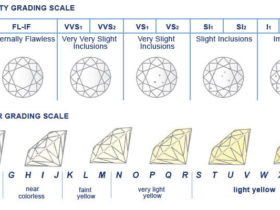





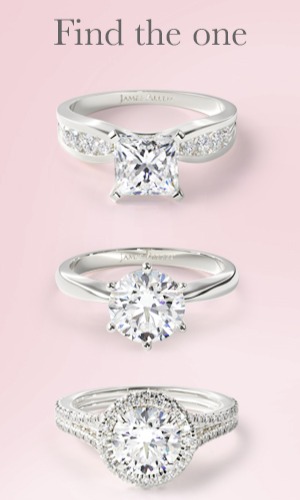
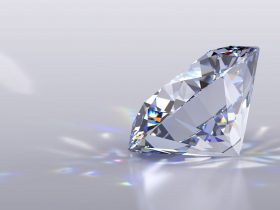
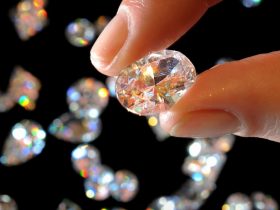
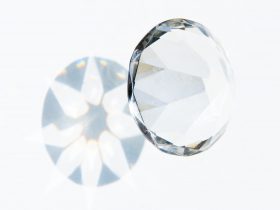
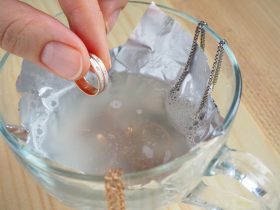
Leave a Reply